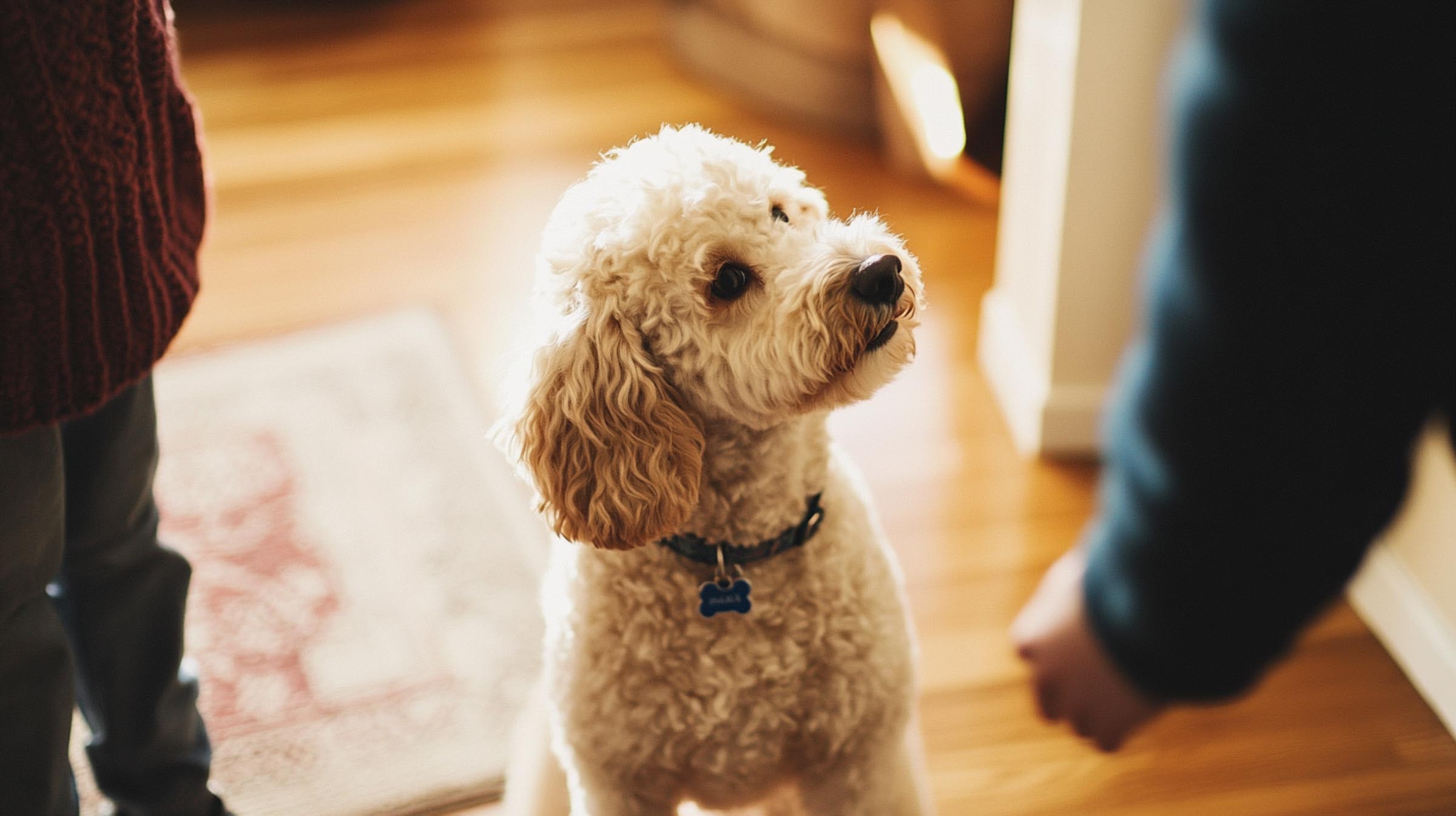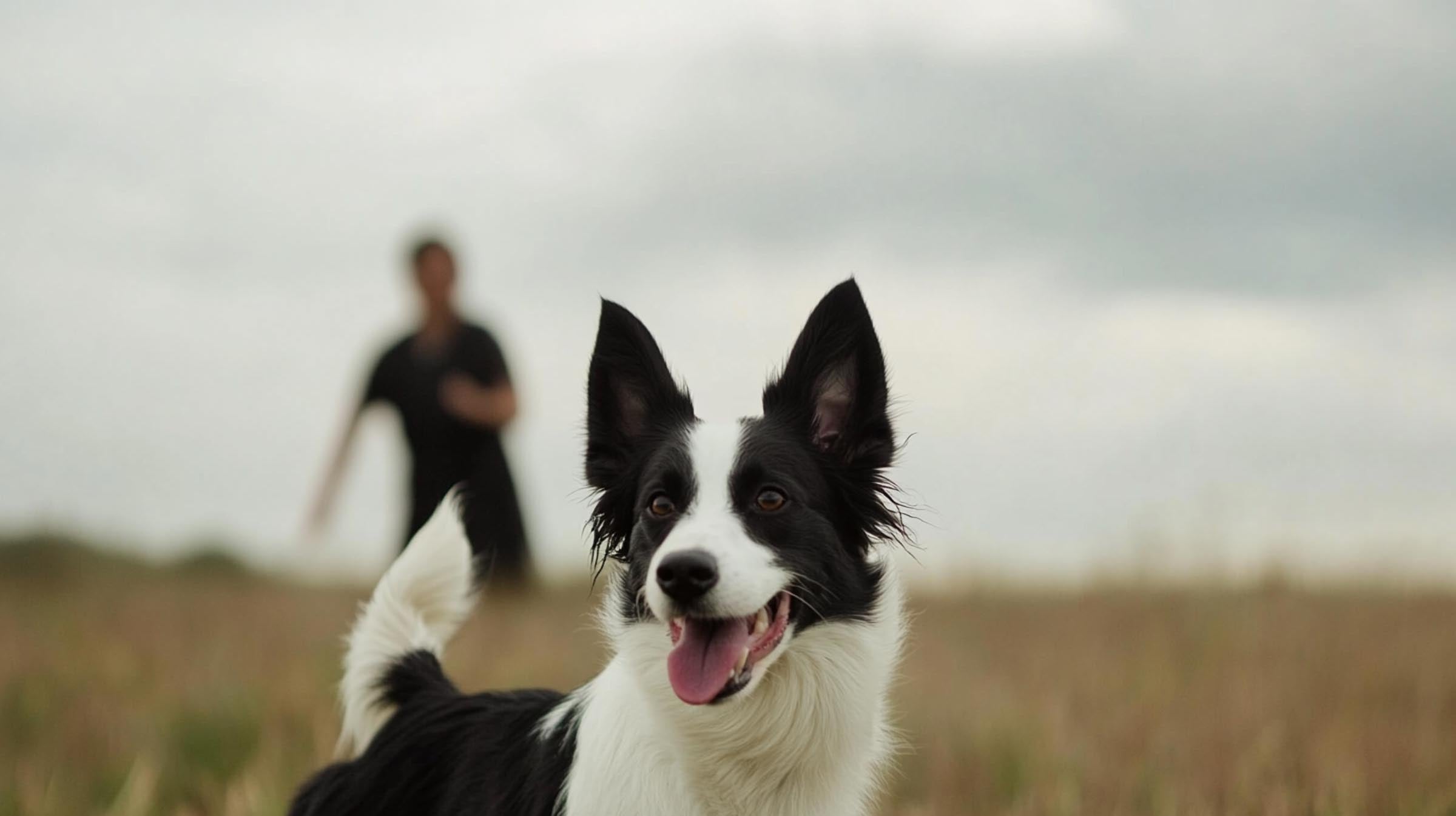Giving your dog the freedom to explore off-leash can be incredibly rewarding, but it's crucial to ensure they’re truly ready. Off-leash training requires your dog to consistently respond to commands, stay focused despite distractions, and manage anxiety in new situations. This guide will help you assess their readiness and provide actionable steps to ensure a smooth transition.
Summary
- Ensure consistent recall and impulse control in various environments.
- Focus on your dog’s ability to stay attentive despite distractions.
- Gradually introduce stressful stimuli to assess anxiety responses.
- Start in controlled environments before transitioning to busy public spaces.
- Follow a phased approach: fenced areas, low-traffic spaces, then busy parks and urban settings.
Understanding Off-Leash Readiness
Before transitioning to off-leash adventures, you need to ensure your dog is well-prepared. Off-leash freedom comes with challenges, and only a well-trained dog with a calm temperament can handle these responsibly. It’s important to assess how your dog responds to basic commands and distractions, both on and off the leash.
Here’s what to watch for to determine if your dog is ready for the next step:
- Consistent Obedience: Does your dog follow commands like "sit" or "stay" on the first request?
- Reliable Recall: Does your dog come when called, even around distractions?
- Calm Behaviour: Can your dog stay calm and focused, even in exciting environments?
Tip: Practise off-leash commands using a long leash first, so your dog gets accustomed to distance without losing the sense of your control.
Key Markers of Off-Leash Readiness
Once you’ve worked on basic obedience, there are several key behaviours that signal your dog is ready to venture off leash. By consistently demonstrating these markers, your dog shows they can handle the freedom responsibly.
Look for these key readiness markers:
- Consistent Recall: Your dog should respond to recall 100% of the time, even with distractions.
- Focus and Check-Ins: Your dog should frequently glance at you or return to your side unprompted.
- Impulse Control: Can your dog resist the temptation to chase after distractions (like a ball or other animals)?
- Distance Obedience: Your dog should be able to follow commands like “sit” or “stay” from 5-10 metres or 20-30 feet away.
Tip: Gradually test your dog in environments with increasing distractions. Begin in low-distraction areas, then progress to places with more activity to ensure consistency in behaviour.
Managing Distractions and Impulses
Distractions can make or break your dog’s off-leash performance. Whether it’s other dogs, wildlife, or noisy environments, your dog needs to maintain focus on you rather than giving in to impulsive behaviour. Teaching your dog to resist temptations and distractions is a critical part of off-leash training.
Focus on managing distractions by assessing how your dog handles:
- Other Animals: Does your dog resist the urge to run after wildlife or other dogs?
- Noisy Environments: Can your dog remain focused in busy, loud areas?
- Tempting Objects: Can they leave tempting items, like food or toys, when commanded?
Tip: Reinforce impulse control with high-value rewards. When your dog resists a distraction and listens to you, offer a treat or praise to reinforce the behaviour.
Assessing Anxiety and Fear Responses
Even if your dog performs well under normal conditions, anxiety can trigger unpredictable behaviour. Stressful situations may cause your dog to ignore commands or even flee. Before taking your dog off leash, it’s crucial to know how they handle anxiety and fear.
Here’s how to assess their reaction to stress:
- Simulate Mild Stress: Gradually introduce your dog to new environments or sounds to see how they respond.
- Observe Body Language: Look for stress signals like yawning, licking lips, or avoiding eye contact, which may indicate they’re overwhelmed.
Tip: Practise desensitisation exercises by exposing your dog to mild stressors in a controlled environment. Gradually increase the intensity to help build their resilience over time.
Gradual Introduction to Public Spaces
Taking your dog off leash in public should be a slow, controlled process. Moving too quickly can overwhelm your dog and lead to unsafe behaviour. Start with familiar, low-traffic areas before venturing into busy public spaces.
- Enclosed Areas First: Start in fenced parks or empty fields where you can keep control.
- Busy Public Areas: When your dog shows consistent off-leash behaviour, slowly transition to busier parks or beaches.
Tip: Keep early off-leash sessions short. Gradually increase the time and level of difficulty as your dog becomes more confident and reliable.
Safety Precautions for Off-Leash Adventures
Even with training, safety is essential during off-leash adventures. Unexpected situations can arise, so being prepared will keep your dog safe while allowing them the freedom to explore.
Here are some important safety precautions:
- Identification: Ensure your dog has an ID tag and is microchipped in case they wander too far.
- Geolocation Devices: Consider using GPS trackers or an AirTag as a backup in case your dog ventures beyond sight.
- Choose Safe Locations: Opt for dog-friendly parks or trails that allow off-leash play.
- Rewards and Reinforcement: Bring treats to reinforce positive behaviour and maintain their focus on you.
- Stay Alert: Always be aware of your surroundings, especially in busy areas with other dogs, children, or wildlife.
Tip: Carry a long leash or training line during off-leash excursions, so you can quickly regain control if your dog becomes too distracted or overwhelmed.
Conclusion
Recognising when your dog is ready for off-leash adventures requires careful observation, consistent training, and patience. By focusing on their recall, impulse control, and anxiety management, you can safely transition your dog to off-leash freedom. Start slow, always prioritise safety, and continue reinforcing good behaviour as you introduce new environments. With time and practice, you’ll both enjoy the added freedom and fun of off-leash adventures.




Leave a comment
This site is protected by hCaptcha and the hCaptcha Privacy Policy and Terms of Service apply.